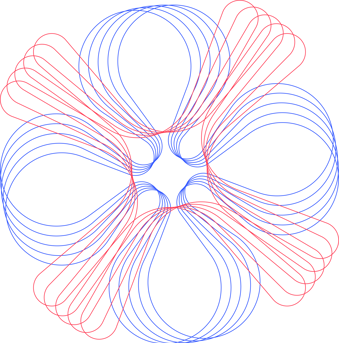
All our publications
The Royal College of Radiologists publishes a wide range of publications, standards, guidelines & guidance.
Can't find a publication?
Check if it's been archived, and whether a newer version is available.
Archived publications
Current publications
Clinical radiology publications
National radiotherapy consent forms
These award-winning national site-specific radiotherapy consent forms are intended to support clinicians in ensuring all patients are fully informed when consenting to radiotherapy.
Quality Standard for Imaging (QSI)
Supporting and enabling quality improvement in imaging services.
Our journals



Clinical oncology top tips
We've collaborated with oncologists across the UK to share best practice and practical support, no matter the stage in your career. Click through to read more about video consultations, keeping up to date in the latest clinical research, and more.
Oncology spotlight series